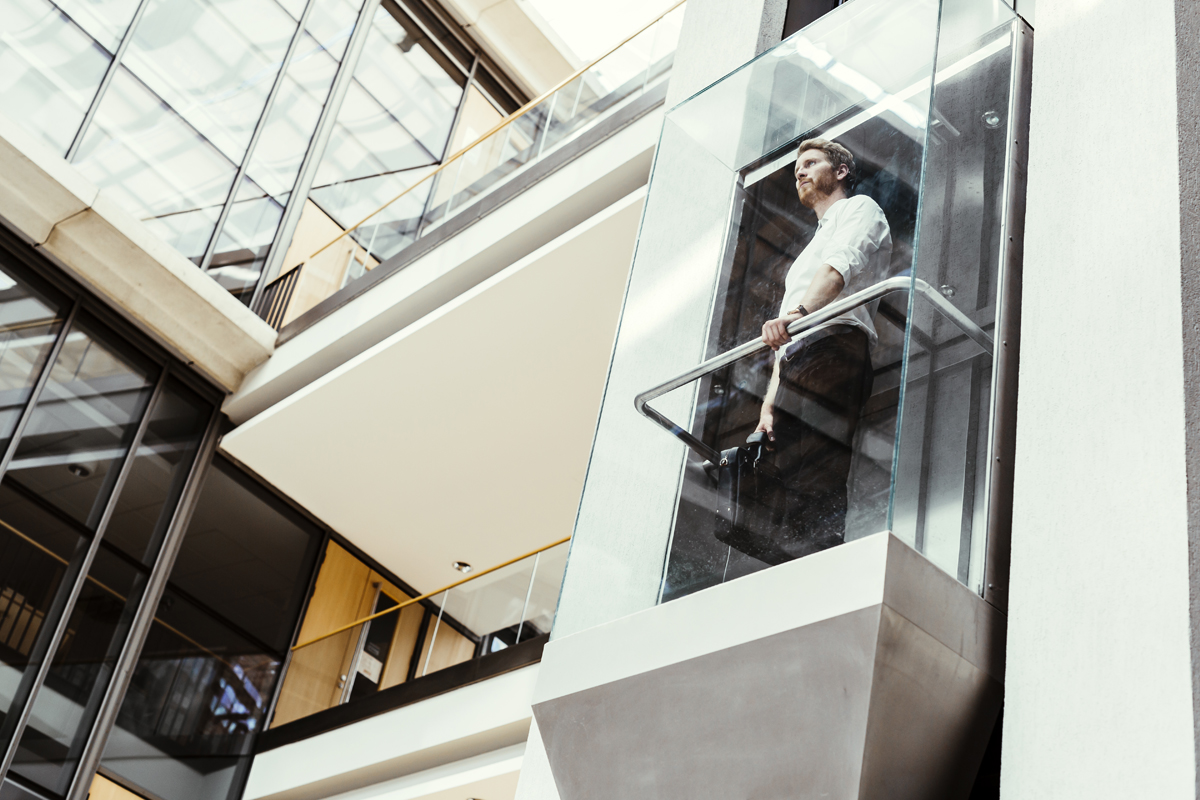Elevator design is continuously evolving to meet the demands of modern architecture, technology, and environmental sustainability. Here are some current trends in elevator design:
1. Sustainability and Energy Efficiency:
- Regenerative Drives: Elevators equipped with regenerative drives can convert excess energy into electricity, which can be fed back into the building’s power grid, reducing overall energy consumption.
- LED Lighting: Energy-efficient LED lighting is now standard in elevator cabins, reducing electricity use and maintenance costs.
- Eco-friendly Materials: Use of sustainable materials in cabin interiors and construction to reduce environmental impact.
2. Smart Elevators and IoT Integration:
- Predictive Maintenance: Smart elevators use sensors and IoT technology to monitor performance and predict maintenance needs, reducing downtime and improving reliability.
- Destination Control Systems: These systems optimize passenger flow by grouping passengers going to the same or nearby floors, reducing wait and travel times.
- Mobile Integration: Smartphone apps allow users to call elevators and select floors remotely, enhancing convenience and reducing the need for physical touchpoints.
3. Touchless and Hygienic Features:
- Voice-Activated Controls: Elevators can be controlled using voice commands, minimizing contact with surfaces.
- Gesture Controls: Some systems allow users to control the elevator through hand gestures, further reducing the need for physical contact.
- Antimicrobial Surfaces: Use of antimicrobial materials for buttons, handrails, and walls to reduce the spread of germs and improve hygiene.
4. Design and Aesthetics:
- Customization: Increased focus on customizable interiors to match the aesthetics of the building, including a variety of finishes, lighting options, and materials.
- Panoramic Elevators: Glass-walled elevators providing panoramic views are becoming popular in modern and luxury buildings.
5. Space-Saving Innovations:
- Machine Room-Less (MRL) Elevators: These elevators do not require a separate machine room, allowing for more flexible building design and space savings.
- Compact Designs: Elevators with smaller footprints and innovative designs that fit into tight spaces, making them suitable for older buildings and retrofits.
6. Advanced Safety Features:
- Earthquake-Resistant Designs: Elevators designed to withstand seismic activity, with features that allow them to stop at the nearest floor and open doors in the event of an earthquake.
- Fire Safety: Improved fire-resistant materials and emergency evacuation features that ensure safe egress during fires.
7. High-Speed Elevators:
- Ultra-Fast Elevators: Development of elevators that can travel at speeds exceeding 20 meters per second (about 65.6 feet per second), suitable for super-tall skyscrapers.
8. Innovative Movement Mechanisms:
- Multi-Directional Elevators: New technologies, such as the MULTI system by ThyssenKrupp, allow elevators to move horizontally and vertically, enabling more flexible building designs and improved efficiency.
9. Accessibility Enhancements:
- Universal Design: Elevators designed to be more accessible to people with disabilities, including features like lower control panels, audible floor announcements, and braille indicators.
10. Integration with Building Management Systems:
- Seamless Integration: Elevators that integrate seamlessly with the building’s overall management system, allowing for better control and monitoring of energy use, security, and maintenance.
These trends reflect a combination of technological advancements, increased focus on user experience, and a commitment to sustainability and safety in modern elevator design.
Do You Need Elevator Services In Arizona?
Arizona Elevator Solutions is your go to elevator specialists that can handle anything from elevator repair and maintenance to elevator modernization and upgrades. Get a free elevator modernization quote from Arizona Elevator Solutions today! We also offer elevator services in Colorado.

